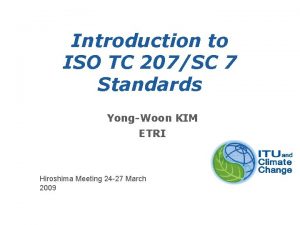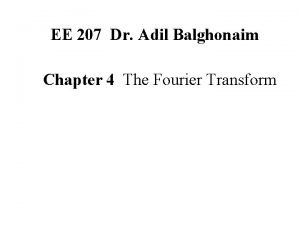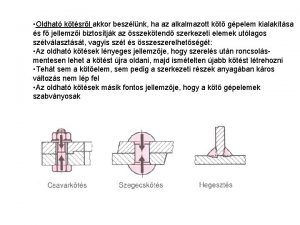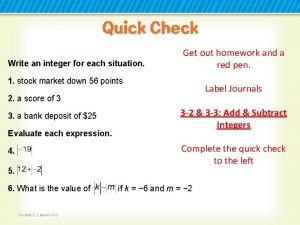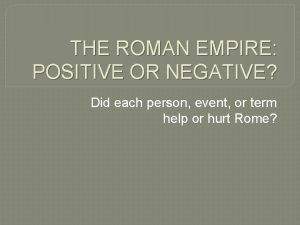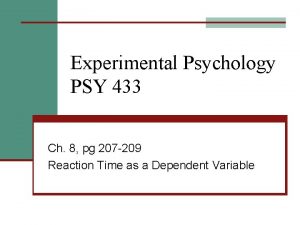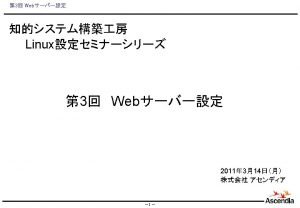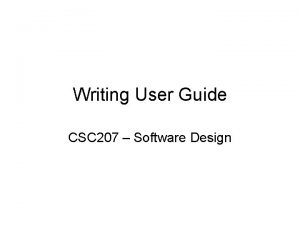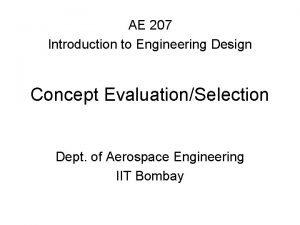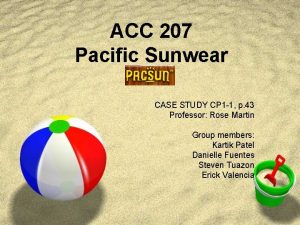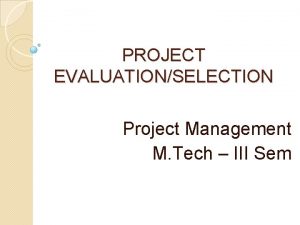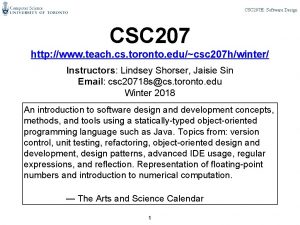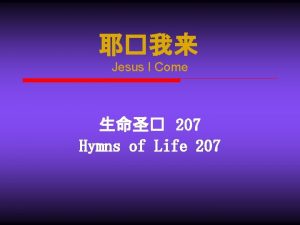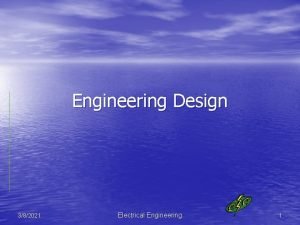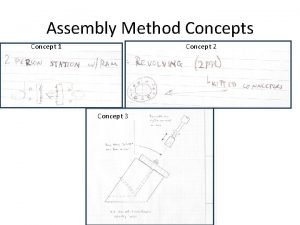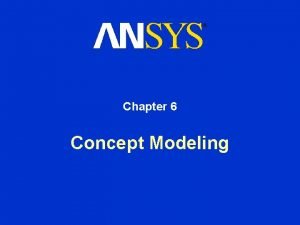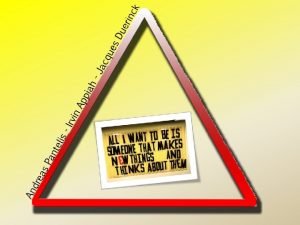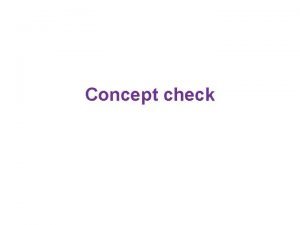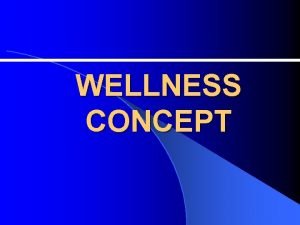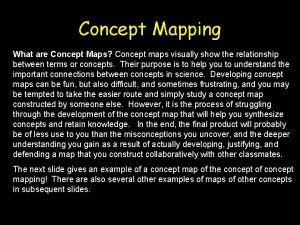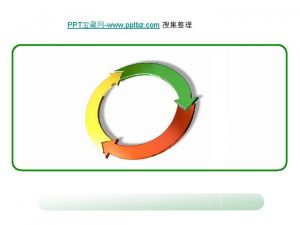AE 207 Introduction to Engineering Design Concept EvaluationSelection














- Slides: 14

AE 207 Introduction to Engineering Design Concept Evaluation/Selection Dept. of Aerospace Engineering IIT Bombay

Journey So Far • Need/Mission statement/Design Brief • Stakeholder Identification – Active, Passive • Requirements capture, grouping & prioritization – Stakeholder needs • Functional Decomposition • Concept Generation – Number of alternate solution concepts attempting to satisfy the need

Next Step • Decide which conceptual solutions are good potential candidates for further investigation/ product development – ALL ? – Some ? – One ? Resources, Time, Risk, Policy, Culture • Concept Evaluation – Evaluation criteria – Compare generated concepts: strengths & weaknesses wrt criteria • Concept Selection – Decision making: Eliminate, Retain, Combine, Modify – One Shot / Stages/ Iterative (? ) – Final Selection

Difficulties/Issues • Limited knowledge/data • Conceptual solutions - Rough/abstract ideas • Concensus among team members • Other ? ?

Some methods • External Decision – company chairman? , customer • Product Champion – personal preference • Voting – team concensus (subjective) • Intuition – feel good factor • Prototype & test – Expensive & time consuming • Decision Matrices – relatively more objective

Process overview • Initial filtering – qualitative, absolute comparison • Quantitative screening based on decision matrix – Pugh Matrix – – – Prepare matrix Rate concepts Rank concepts Combine/improve/retain promising concepts Select one or more concepts • Concept Scoring – similar steps, weighted scores, more refinement and advancement over Pugh matrix

Evaluation Criteria • Extracted from stakeholder requirements • Identify a few key requirements through prioritization – Primary, secondary, tertiary • Level of abstraction/refinement of requirements must be consistent with concept abstraction/ refinement There is No Sense in Being Exact About Something if You Don’t Even Know What You are Talking About (John von Neuman, 1950)

Initial Filtering (absolute) (In case of large number of concepts) • “Gut feel” feasibility judgment – Comparison made with prior experience (“design knowledge”) • Concept will not work – Too radical – Not original • Conditional feasibility – something else required • Feasible - Worth considering • Go - No go screening • Customer requirements • Technology readiness/maturity/availability

Pugh Matrix • Select one concept as a reference or datum – – Familiar, straightforward concept Existing similar benchmark product in market Existing product in case of re-design/ modification problem Arbitrarily picked from the generated concepts • Pair-wise relative rating of each concept vs datum for each criteria – Better than datum: + – Same as datum: 0 – Worse than datum: - • Count number of pluses and minuses for each concept. Overall rating is difference between no. of pluses and no. of minuses. • Rank the concepts based on overall rating

Pugh Matrix Structure Concepts Selection Criteria A B C D E F G Handling ease 0 0 - - Ease of use 0 - - 0 0 + 0 Readibility of settings 0 0 + 0 + Metering accuracy 0 0 - 0 0 Durability 0 0 0 + 0 Ease of Manufacture + - - 0 0 - 0 Portability + + 0 0 Sum of +’s 2 1 1 0 2 2 1 Sum of –’s 0 2 3 0 1 2 1 Net rating 2 -1 -2 0 1 2 1 Rank 1 6 7 3 2 3 3 Continue? Yes No No Comb Yes Comb Rev

Concept Scoring Matrix • Select one concept as a reference or datum – Best in Pugh Matrix • Select weights for each criteria – Importance rating of each criterion: scale of 1 to 5 or %age with total = 100% etc. • Relative rating of each concept vs datum for each criteria. Datum maybe different for each criterion – – – • • Much better than datum: 5 Better than datum: 4 Same as datum: 3 Worse than datum: 2 Much worse than datum: 1 Finer scales (1 to 9) etc. may also be used. Weighted score for each concept – criterion pair Rank the concepts based on total score (sum of weighted scores) Combine/ Improve/ Retain concepts Select one or more concepts

Concept Scoring Matrix Structure Concepts Selection Criteria A DF E G+ Weights R Scor Handling ease 3 0. 15 4 0. 2 5% Ease of use 3 0. 45 4 0. 6 3 0. 45 15% Readibility of settings 2 0. 2 3 0. 3 5 0. 5 10% Metering accuracy 3 0. 75 2 0. 5 3 0. 75 25% Durability 2 0. 3 5 0. 75 4 0. 6 3 0. 45 15% Ease of Manufacture 3 0. 6 2 0. 4 20% Portability 3 0. 3 10% Total Score 2. 75 3. 45 3. 10 3. 05 Rank 4 1 2 3 Continue? No Develop No No

Selection process Generation Screening Scoring Selected

Additional Reading • Product Design & Development, Ullrich & Eppinger – Chapter 7 • The Mechanical Design Process, Ullman – Chapter 8
